"The subscription, I would suggest, should be £5 per annum [about £610 today]. What motorist would not be pleased to pay this amount? It would be a huge saving, for otherewise he would most assuredly be fined, and the cost would be very considerably more.
"P.S. – The scouts and men employed to give warning would of course wear special badges."
A few weeks later, a reply to Gibbons appeared from Charles Jarrott, a famous racing driver and importer of cars, most notably for the French company De Dietrich. He'd had his own brushes with coppers, too, having been summoned for furious driving four years prior.
"With a view of assisting the public to regulate the speed so as not to contravene the Motor Car Act," Jarrott wrote, "we have arranged for a special staff of cyclists bearing red flags to patrol the Brighton Road and caution all those whom they consider are travelling at a speed which is illegal or dangerous. This will, no doubt, be very helpful to motorists, as the cyclists who are employed are skilled in judging speed and will be able to indicate to any driver is travelling at a speed which will cause the intervention of the police.
"We hope that our efforts will remove any reason for complaint in a way which will cause no irritation to the public and will satisfy the police that it is unnecessary for them to continue the use of traps. And in order that we may ascertain whether our scheme is effctive or not, we shall be glad if the motorists on the Brighton Road will inform the cyclists if they should come upon any specially arranged speed traps.
"The cyclists will start to patrol the road on Saturday the 15th and will continue on Sunday the 16th, and also during the Easter holidays."
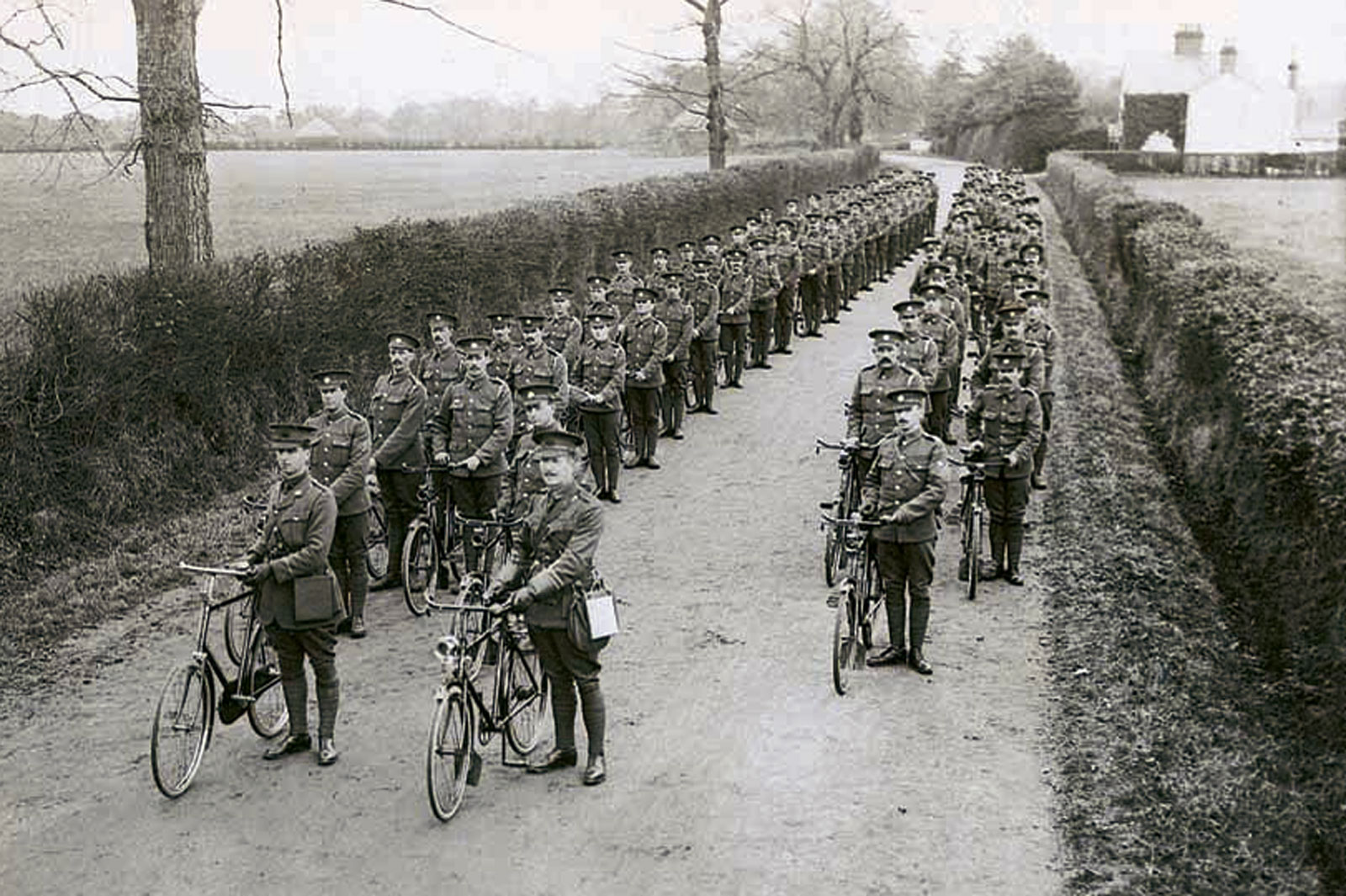
The scheme proved successful right from the off, and soon the cycle patrols had developed a system of signals and salutes. They formed the organisation known as the AA in 1905 and placed in charge Ernest Stenson-Cooke, who guided the group from 90 members to 83,000 by the outbreak of the Great War. He would be knighted in 1933 for services to motoring.
That 'special badge' that Gibbons initally proposed would also be employed – two overlapping 'A's within a circle – before uniforms were introduced in 1909. By 1912, there were 950 AA cycle scouts across the UK.
Autocar members would also help one another by sending in reports of where they had seen police traps, and of what type. We would then use this information to publish nationwide 'trap maps'.
Driving in 2020, you often feel you're being watched; in some cities, you feel it constantly. One lapse of concentration and you're landed in hot water. It's easy to cast your mind back to a 'simpler time' – but in all truthfulness, there never really has been one. At least now, your speed camera will definitely tell the truth and will be painted bright yellow, rather than hidden in a ditch with a moustache and a desire to return to the days when cars didn't exist.
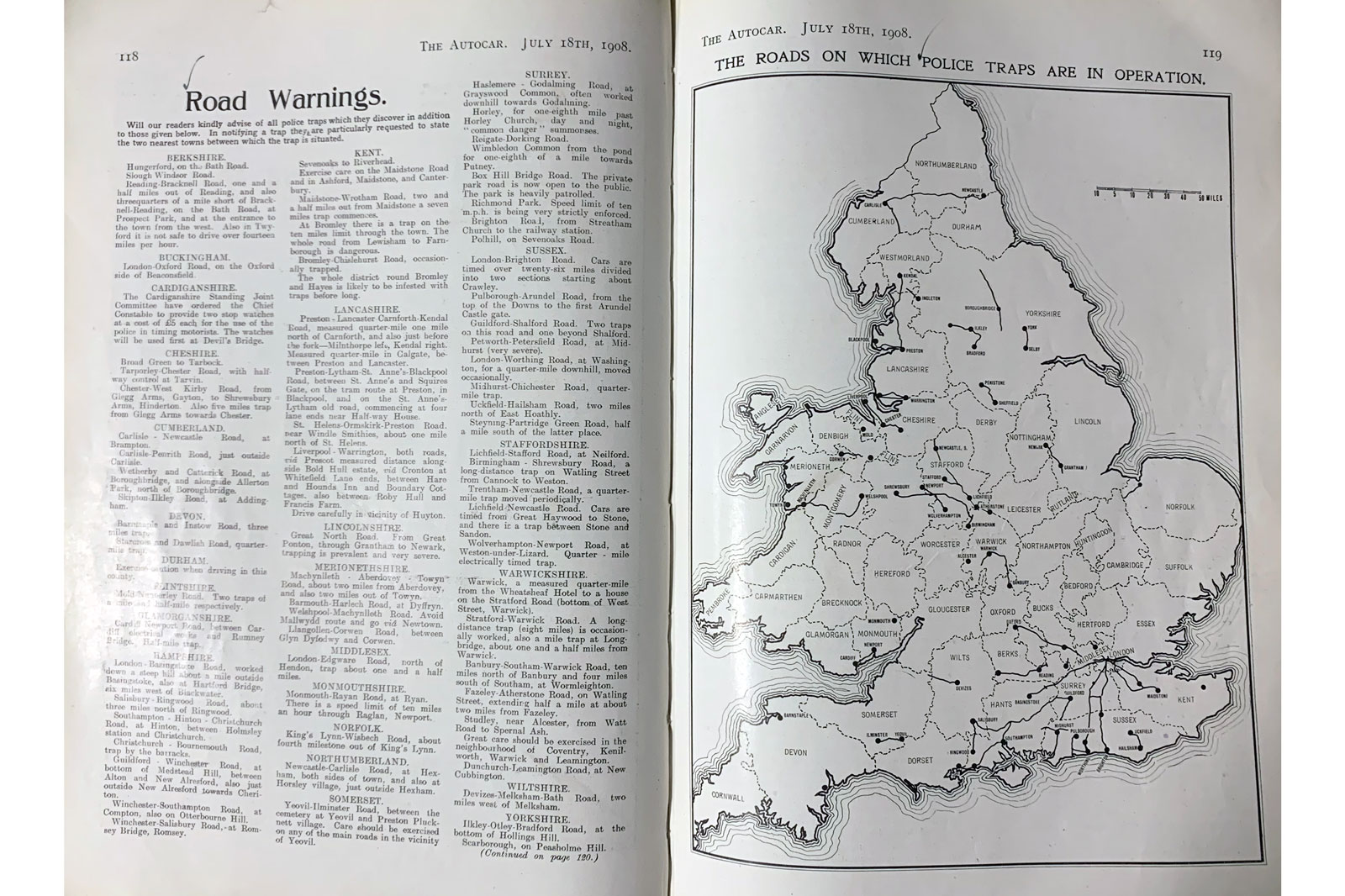

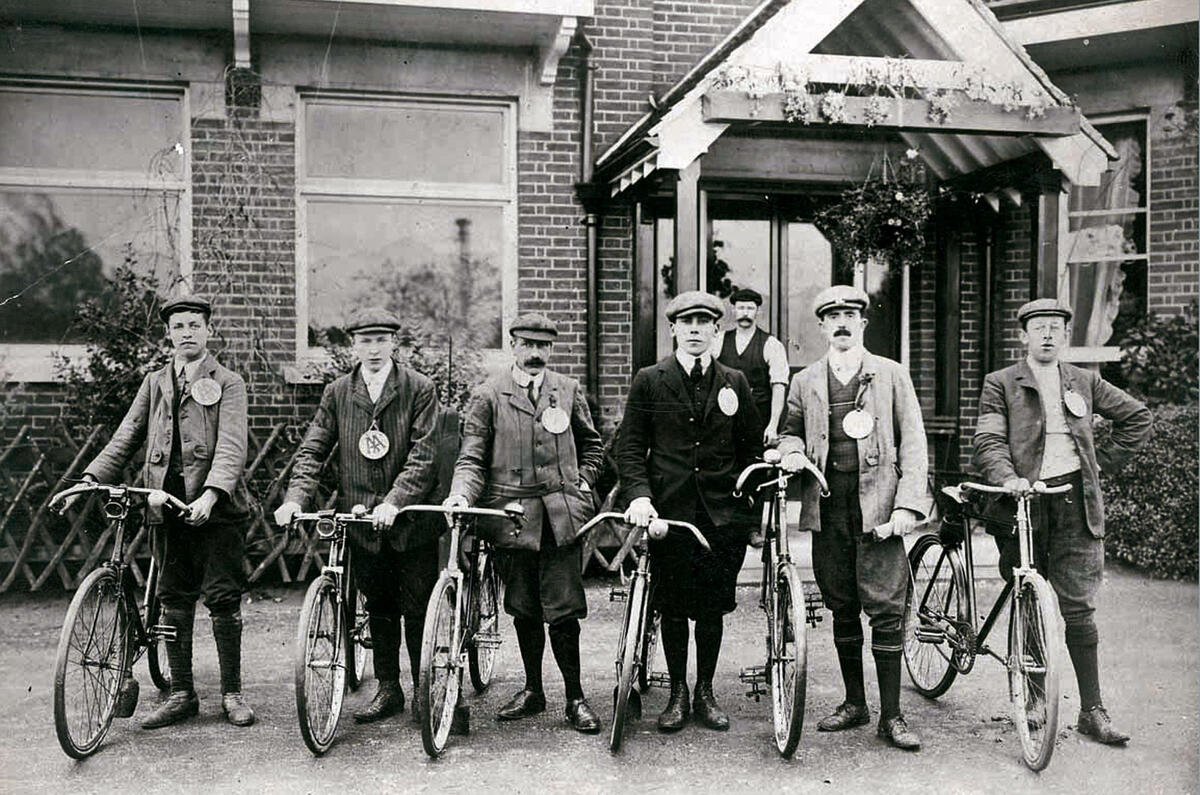
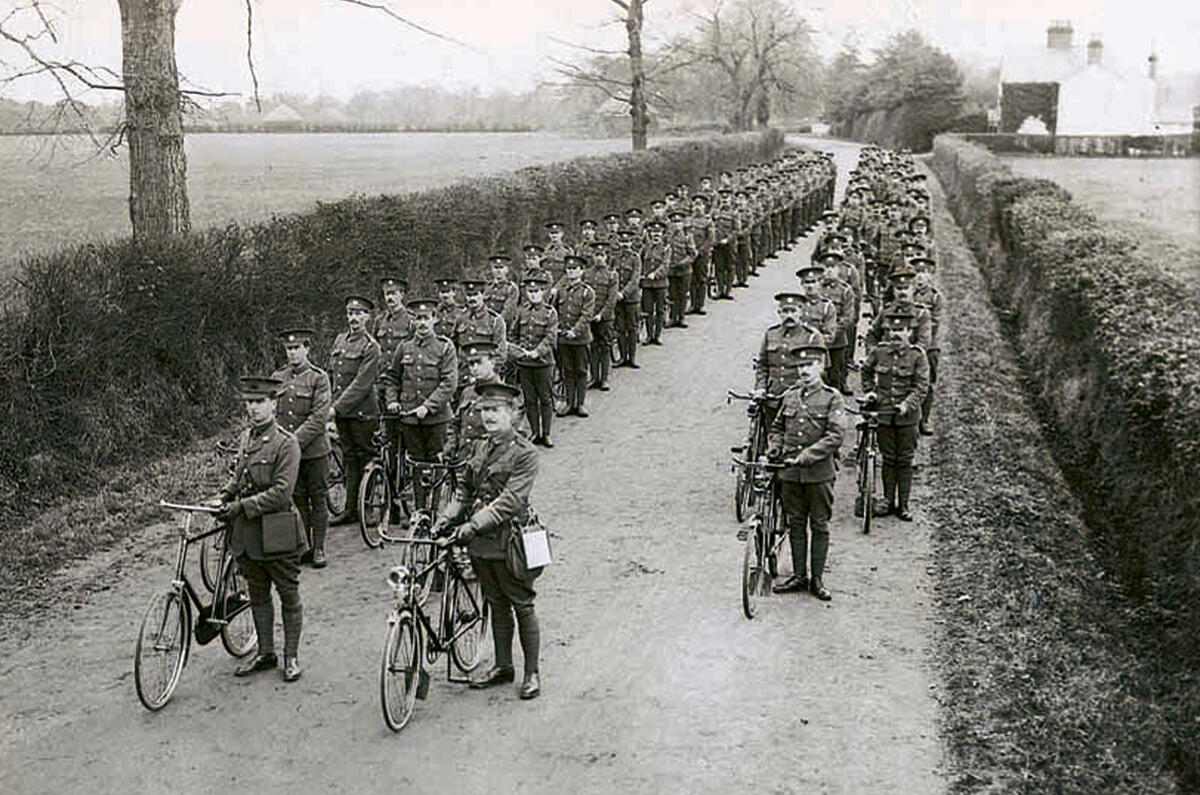
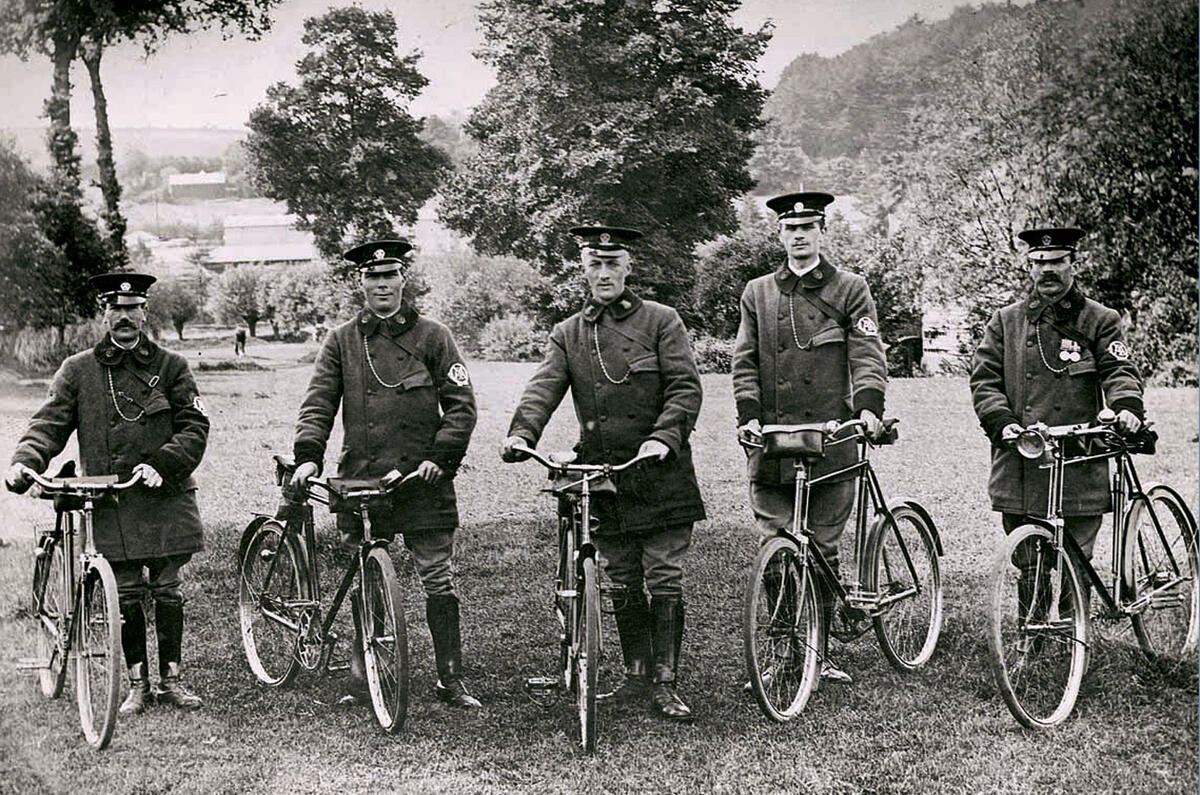
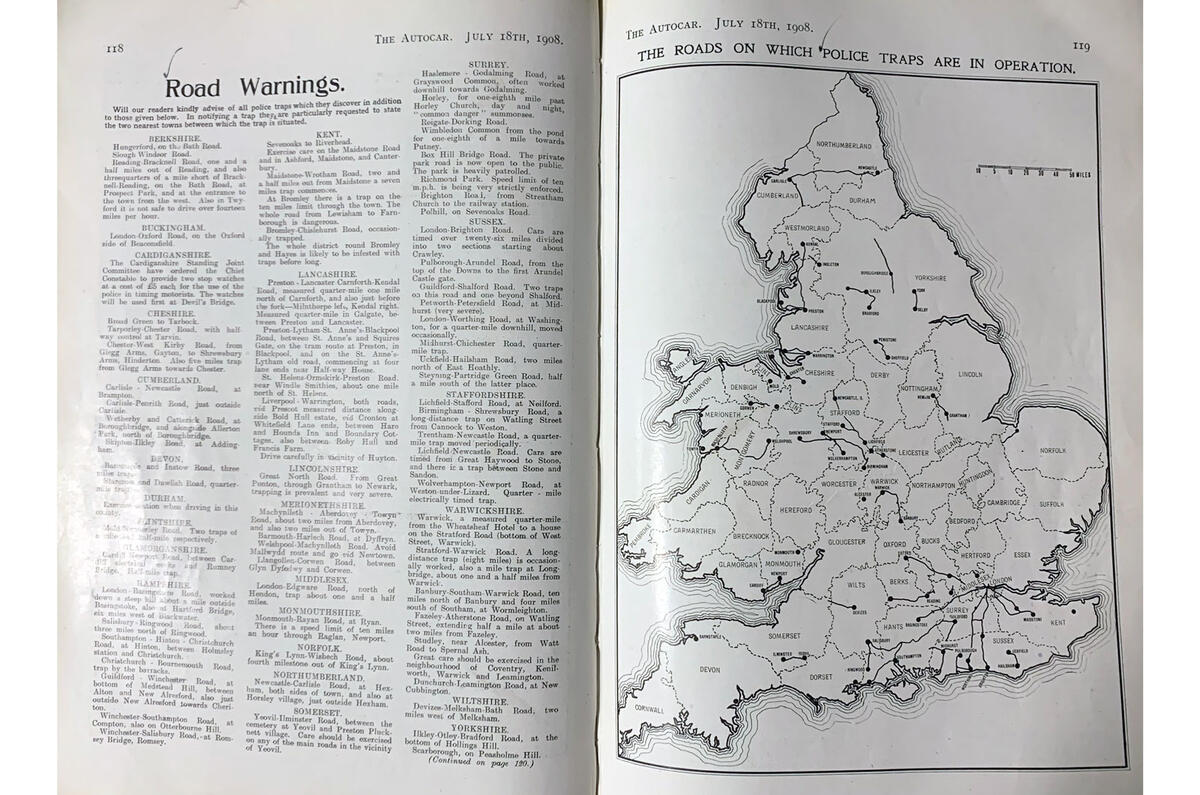
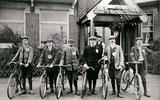
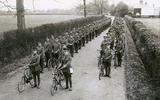
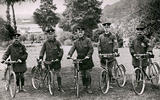

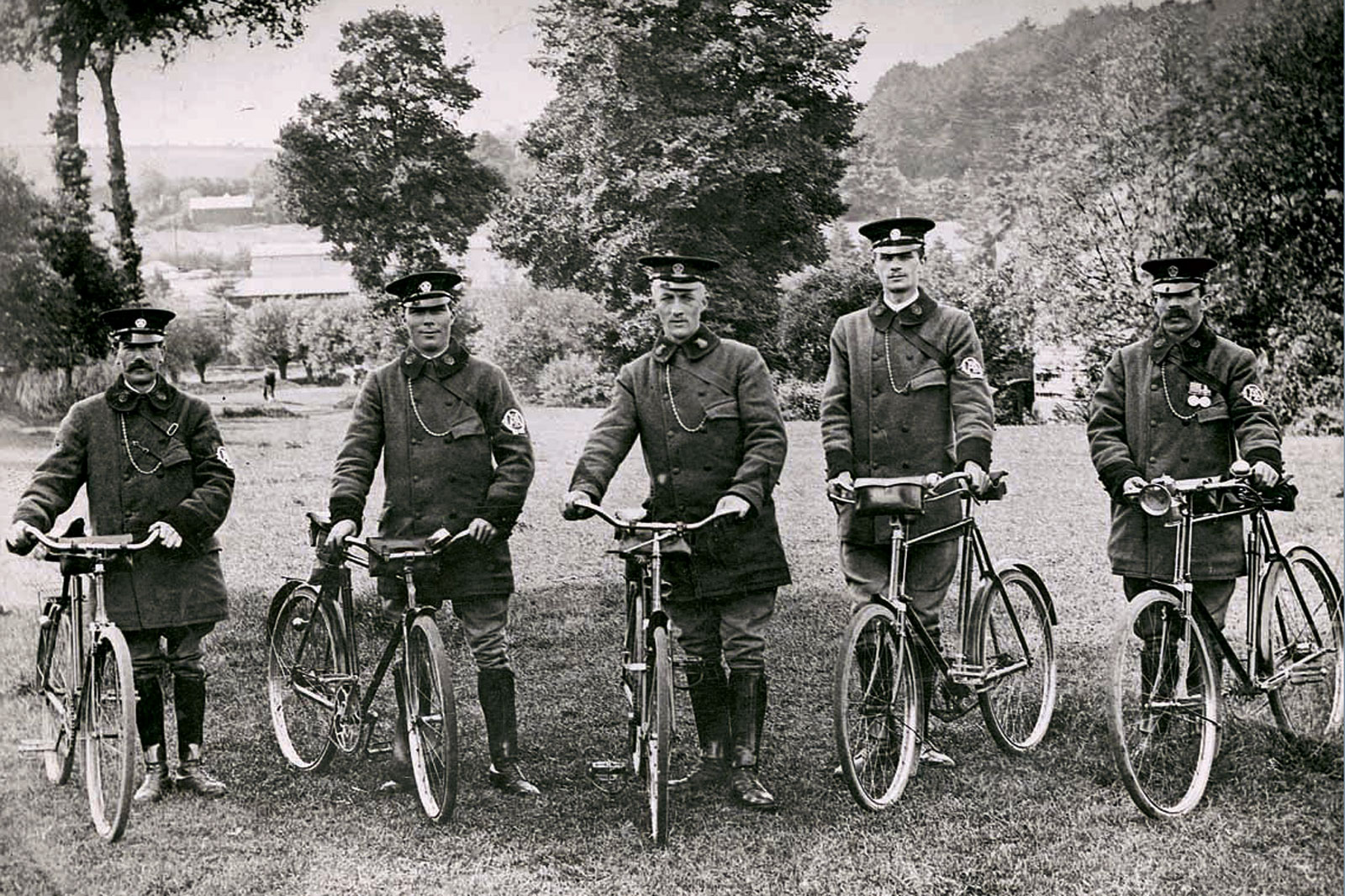

Join the debate
typos1
Pity you cant trust the AA as
Pity you cant trust the AA as far as you could throw the theiving b*stards now - a friend of mine called them out cos his car wouldnt start, the battery was dead, £250 they charged him for a new one, theyre £80 anywhere else. Steer clear of the AA.
Takeitslowly
Pity you cant trust the AA as
Shame you're not somewhat more pragmatic...if your "friend" ahem,..had spent around £30 on basic roadside membership, they would have dealt with it for much less and "he"...ahem, would have had the balance of the year as backup...shame...
Add your comment